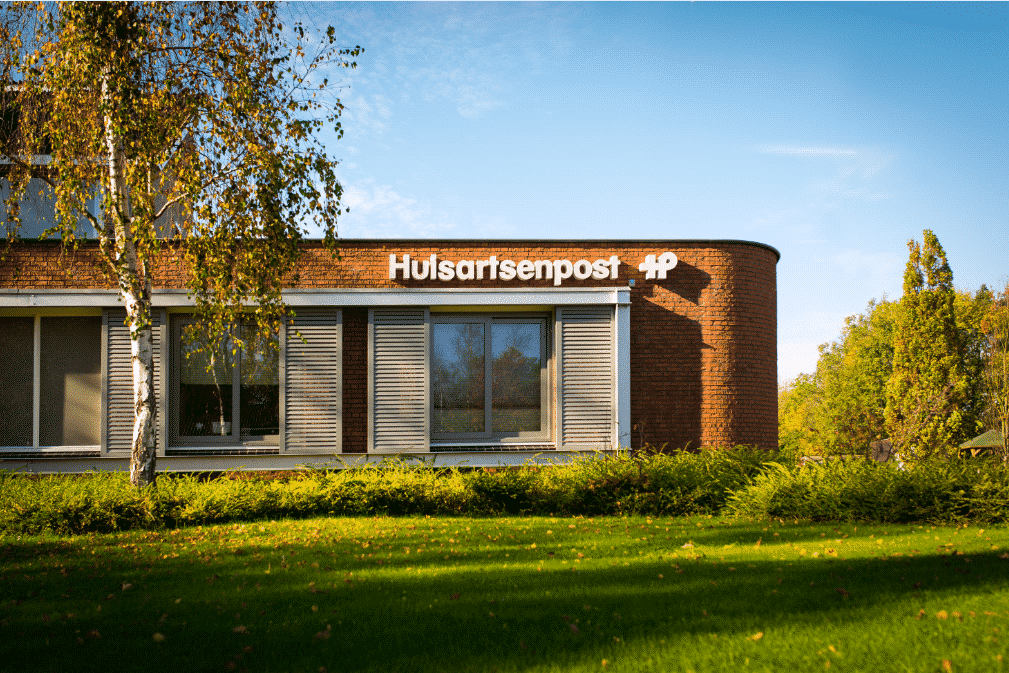
Lessons from calamities – Alarm for a (new) soufflé!?
28-03-2023 -by Wendy Damman and Jet Aartman (general practitioners)
During the weekend shift we saw a 68-year-old woman, known to have dissection of the subclavian (treated conservatively), who presented at the HAP with a sore throat, dizziness, general malaise, a burning sensation retrosternal and frequent voiding since a week. She was afraid of a problem with the heart.
On extensive history and physical examination, there were no obvious alarm symptoms or abnormal findings, except for 4+ ery’s in the urine. Complaints were interpreted as dizziness eci / general malaise and were not cardiac suspicious. The urine went on dipslide and the own pantoprazole was raised. An extensive safety net was discussed.
The next day, the dip slide was positive. The patient appeared to have deteriorated with fatigue and vomiting. When she visited, the burning sensation behind the sternum was now continuous and she had started coughing more. Physical examination was not abnormal except for a grade II/VI soft apical soufflé. There was a deterioration in a still untreated UTI in a patient with atypical, not clearly cardiac suspicious, complaints. A start was made with furabid.
Almost 24 hours later, the patient was urgently sent in by her own GP due to further deterioration and an unmeasurable blood pressure. She was found to have a lower wall infarction with papillary rupture, which was followed by emergency valve surgery and ICU admission. Fortunately, she is now recovering.
In retrospect, the (new) soufflé was a clue to this diagnosis.
The calamity investigation showed that the soufflé was new. The visiting doctor had interpreted the soufflé as a coincidental finding and had not checked whether the consulting doctor also described it. The cardiologist involved indicated that deterioration in combination with a new soufflé gives cause for consultation/submission. The NHG standard ACS also describes that a new soufflé fits an ACS. The soufflé is then caused by a papillary muscle, ventricular septum, or free wall rupture (source: acute booklet).
Several general practitioners were asked if they were familiar with this. These GPs indicated that they found it difficult to determine whether a soufflé is new (due to the quality of the physical examination and different assessors, among other things). A soufflé at the apex is much more common (than ACS) due to mitral valve insufficiency. This is reason for further research, but not in the ANW. A soufflé is therefore not immediately experienced as alarming.
We have learned from this case that a cardiac soufflé can be alarming and that it is good to check whether it is new. Perhaps this can be a final clue to get on the right track with a range of atypical complaints.
